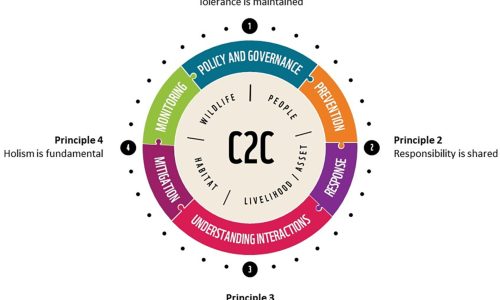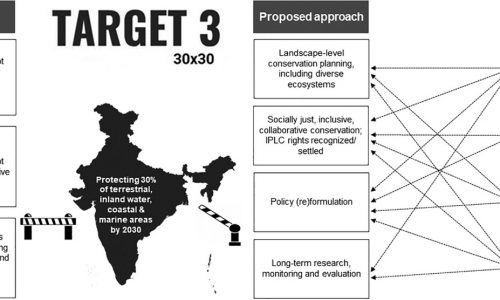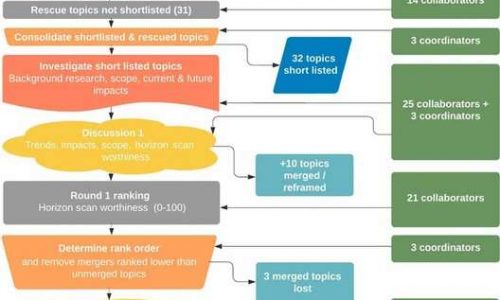Kulbhushansingh Ramesh Suryawanshi, Shruti Suresh , Juliette Young , Saloni Bhatia , Charudutt Mishra
Snow Leopards (Second Edition) | November 8, 2023
Research on perceptions, attitudes, and behavior toward snow leopards has primarily been triggered by the prevalence of the livestock predation behavior of snow leopards and retaliatory persecution by livestock herders. Several conservation interventions have been implemented with the aim of improving local peoples’ attitudes toward snow leopard by helping to mitigate the effects of livestock depredation. Drivers of attitudes can be diverse and context-specific; however, factors such as age, gender, and education have been identified by multiple studies as being important for determining human attitudes toward snow leopards. More recent work has identified nearly 55 proximate factors affecting human attitudes and grouped them into 5 ultimate factors: Value Orientation, Social Interactions, Resource Dependence, Risk Perception, and Nature of Interaction.








